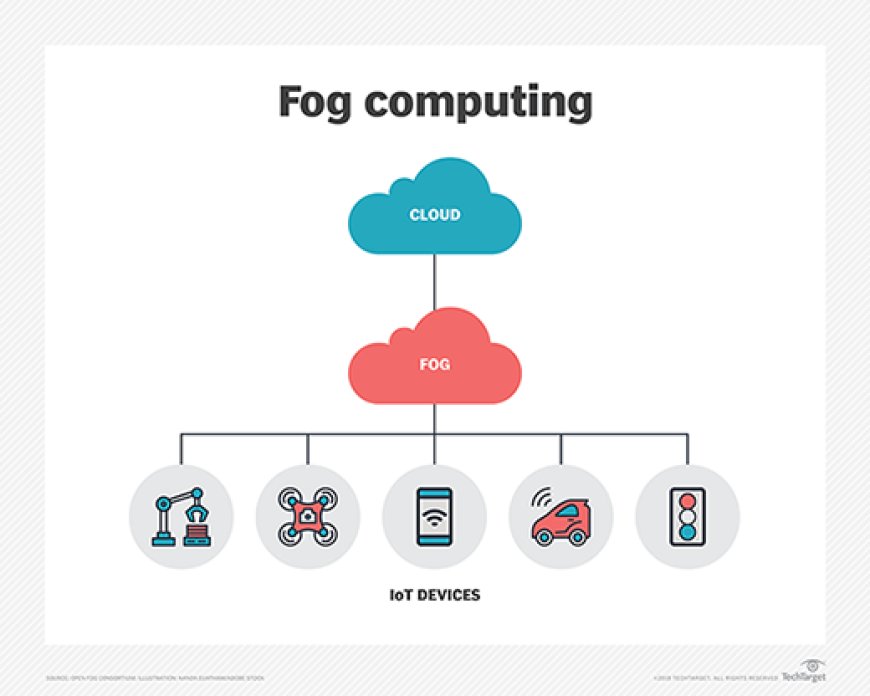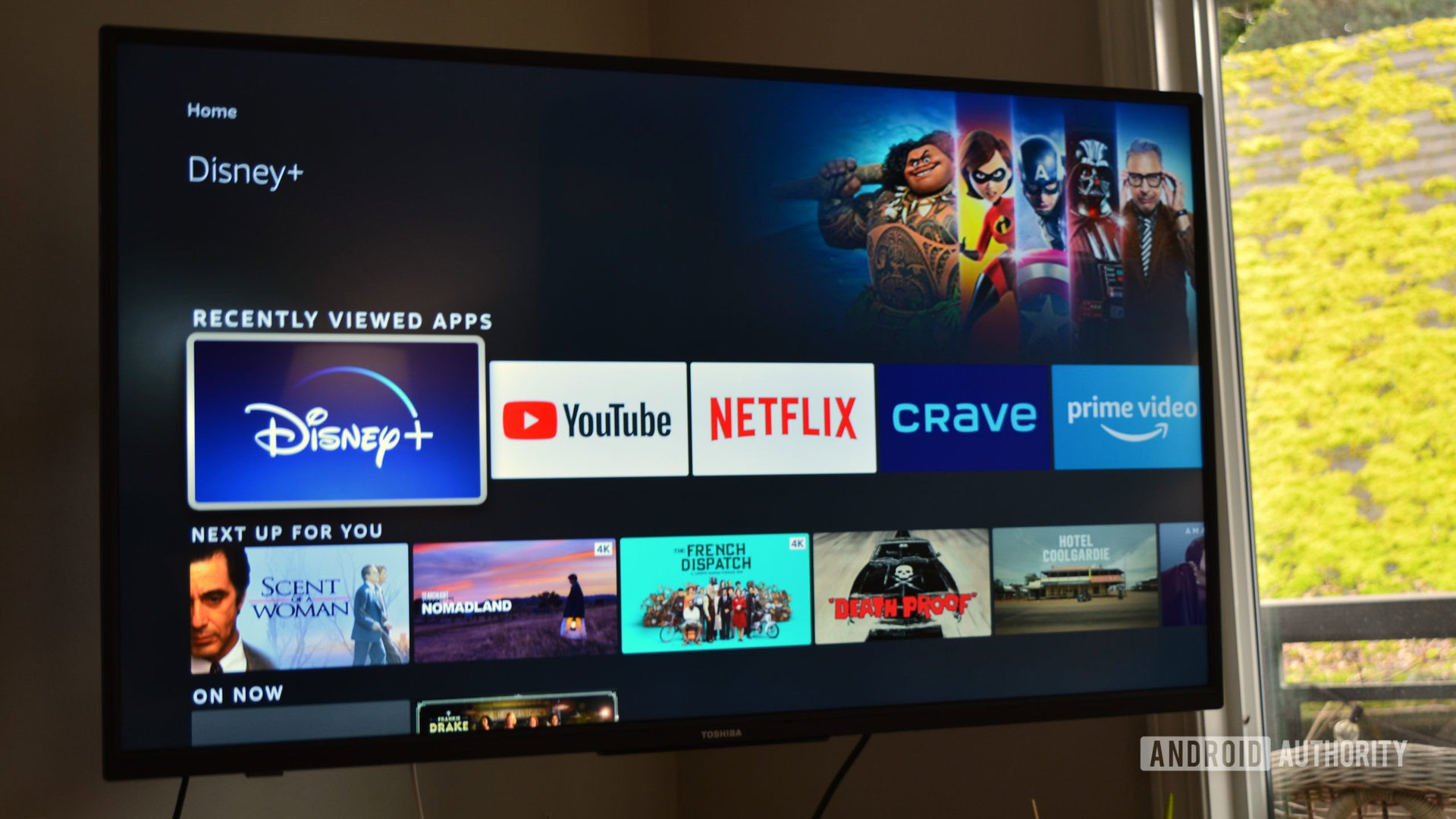Fog Computing Market Soars: Key Trends and Insights Shaping the Future of Edge Intelligence
The report forecasts substantial growth in the global fog computing market at a healthy CAGR during the period from 2022 to 2028

Infinium Global Research recently published a comprehensive report on the fog computing market, offering an extensive analysis of its global and regional segments. The study delves into the influence of drivers, restraints, and macroeconomic indicators on both short-term dynamics and long-term trends within the market. Emphasizing detailed insights, forecasts, and monetary assessments, the report forecasts substantial growth in the global fog computing market at a healthy CAGR during the period from 2022 to 2028.
Market dynamics:
Growth Drivers: Fog computing is propelled by several key drivers. Firstly, the increasing adoption of IoT devices across various industries necessitates efficient data processing closer to the edge to minimize latency and bandwidth usage.
Technological Advancements: Rapid advancements in cloud computing, networking technologies, and edge computing infrastructure contribute significantly to the growth of fog computing. These advancements enable fog nodes to handle diverse workloads, from simple data caching to sophisticated data processing and analysis
Market Challenges: Despite its growth prospects, the fog computing market faces several challenges. Chief among them are concerns related to data privacy and security, as decentralized data processing increases the risk of cyber threats and breaches
Market Trends: Emerging trends in the fog computing market include the convergence of edge computing with 5G networks, enabling ultra-low latency and high-bandwidth connectivity essential for real-time applications
Competitive Landscape: The competitive landscape of the fog computing market is characterized by intense competition among established tech giants, niche players, and startups. Strategic collaborations, partnerships, and mergers and acquisitions are prevalent as companies seek to enhance their technological capabilities and expand their market presence.
Regional analysis:
North America: In North America, particularly the United States and Canada, robust investment in IoT infrastructure and advancements in cloud computing technologies drive the adoption of fog computing. Industries such as healthcare, manufacturing, and transportation lead in deploying fog computing solutions to enhance operational efficiency and ensure real-time data processing
Europe: Europe's fog computing market benefits from stringent data privacy regulations (such as GDPR) that prioritize localized data processing. Countries like Germany and the UK witness significant adoption across smart city initiatives, automotive sectors, and industrial automation.
Asia Pacific: The Asia Pacific region emerges as a hotbed for fog computing adoption, driven by rapid urbanization, expanding IoT infrastructure, and increasing internet penetration. Countries like China, Japan, and South Korea lead in deploying fog computing solutions across smart manufacturing, smart agriculture, and smart transportation sectors.
Latin America: Latin America showcases a growing interest in fog computing, particularly in Brazil, Mexico, and Argentina. The region's focus on improving connectivity and digital inclusion drives adoption across sectors like agriculture, mining, and healthcare.
Middle East & Africa: In the Middle East and Africa, fog computing adoption is driven by initiatives to enhance digital transformation and economic diversification. Countries like the UAE, Saudi Arabia, and South Africa leverage fog computing to support smart city projects, oil and gas operations, and remote monitoring in mining and utilities
Sample pages of Report: https://www.infiniumglobalresearch.com/reports/sample-request/26485
Market Segmentation:
By Component:
- Hardware
- Software
- Services
By Deployment Model:
- Fog computing infrastructure deployed within an organization's premises, offering greater control and security over data.
- Fog computing services accessed and managed through cloud platforms, providing scalability and flexibility.
By Application:
- Smart Manufacturing
- Smart Cities
- Healthcare
- Transportation
- Retail
By Vertical:
- Manufacturing
- Telecommunications
- Healthcare
- Transportation and Logistics
- Energy
Competitive Landscape:
· Major Players and Market Share: The report identifies key players in the fog computing market, highlighting their market shares and strategic initiatives. Leaders such as Cisco Systems, Microsoft Corporation, and Intel Corporation dominate the landscape with their comprehensive fog computing solutions and extensive global reach.
· Technological Innovations: It examines ongoing technological advancements within the market, including developments in edge computing architectures, software-defined networking (SDN), and virtualization technologies. These innovations enable enhanced scalability, security, and real-time data processing capabilities, catering to diverse industry needs.
· Strategic Partnerships and Collaborations: The competitive analysis underscores strategic partnerships and collaborations among leading companies. Alliances between hardware providers, software developers, and cloud service providers are crucial for fostering interoperability and accelerating market penetration.
· Product Development and Expansion Strategies: Insights into product portfolios and expansion strategies of key players are provided. Companies are focusing on developing tailored solutions for specific industry verticals such as healthcare, manufacturing, and smart cities, thereby diversifying their market presence and enhancing competitive advantage.
Report overview : https://www.infiniumglobalresearch.com/reports/global-fog-computing-market
Future outlook :
The market research report on the "Fog Computing Market" emphasizes its rapid ascent and the pivotal trends shaping the landscape of edge intelligence. As industries increasingly prioritize real-time data processing and low-latency applications, fog computing emerges as a critical solution, bridging the gap between centralized clouds and edge devices. Key trends driving this market include the integration of AI and machine learning capabilities at the edge, enhancing decision-making and operational efficiencies. Moreover, advancements in IoT technologies are amplifying the demand for fog computing, enabling scalable and secure data management across distributed networks. As the market evolves, collaborations between tech giants and niche players are expected to drive innovation, while regulatory frameworks will play a crucial role in shaping market dynamics. Overall, the fog computing market stands poised for substantial growth, fueled by its ability to deliver robust performance and intelligence at the edge of networks.
Conclusion:
The report offers comprehensive insights into demand forecasts, market trends, and key micro and macroeconomic indicators. It delves into the factors propelling and hindering market growth. The IGR-Growth Matrix analysis provided identifies potential investment opportunities for both existing and new market entrants. Analytical tools such as Porter's five forces analysis and DRO analysis are employed to dissect the Fog Computing market. Current market trends are examined, accompanied by forecasts spanning from 2022 to 2028. Future trends expected to impact market demand are also highlighted. Furthermore, the competitive analysis across regional markets sheds light on the market share of leading players.
What's Your Reaction?
 Like
0
Like
0
 Dislike
0
Dislike
0
 Love
0
Love
0
 Funny
0
Funny
0
 Angry
0
Angry
0
 Sad
0
Sad
0
 Wow
0
Wow
0












































